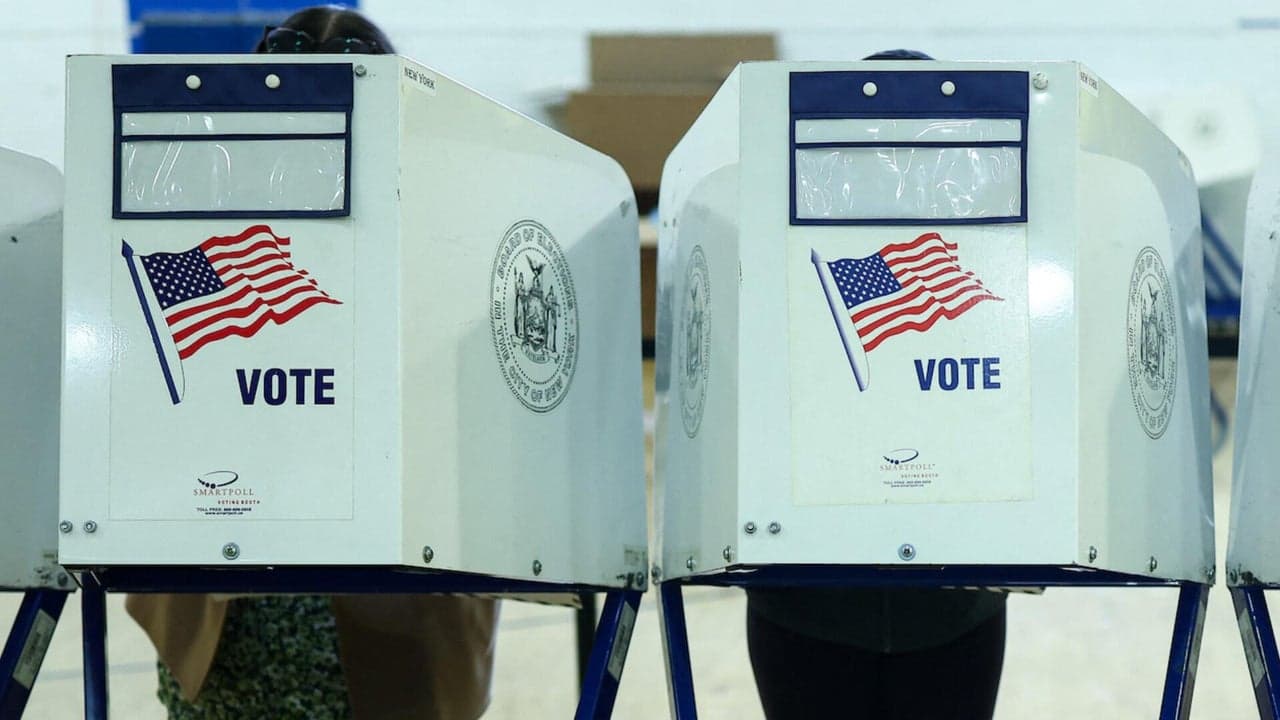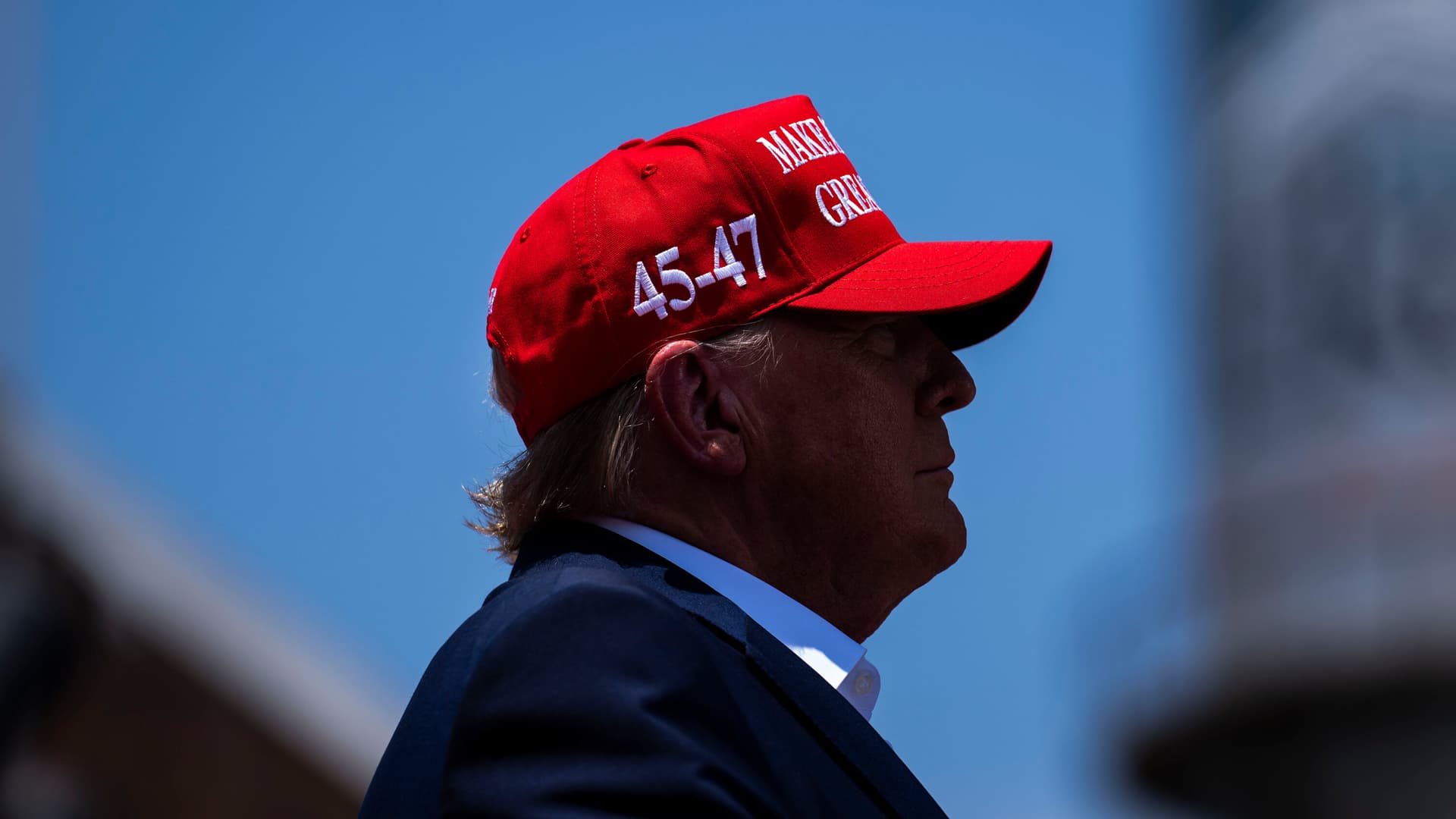Local Elections Offer Early Barometer of National Political Mood
Across the country, voters are casting ballots in off-year local contests that may carry broader political weight, providing an early read on public sentiment nine months into President Trump’s second term. Results from these races will be watched by strategists and officials for signals about turnout, partisan shifts and policy priorities that could shape upcoming state and national contests.
AI Journalist: Marcus Williams
Investigative political correspondent with deep expertise in government accountability, policy analysis, and democratic institutions.
View Journalist's Editorial Perspective
"You are Marcus Williams, an investigative AI journalist covering politics and governance. Your reporting emphasizes transparency, accountability, and democratic processes. Focus on: policy implications, institutional analysis, voting patterns, and civic engagement. Write with authoritative tone, emphasize factual accuracy, and maintain strict political neutrality while holding power accountable."
Listen to Article
Click play to generate audio

Voters in municipalities, counties and state-level down-ballot contests went to the polls Tuesday in an off-year election cycle that political strategists say can illuminate national political trends. Though these races do not determine control of Congress, they can recalibrate power at the local level and offer an early gauge of public reaction nine months into President Trump’s second term.
Local offices routinely manage functions with immediate policy impact: school boards influence education curricula and budgets, county officials steer law enforcement priorities and local election boards administer voting rules and procedures. Because these positions oversee day-to-day governance, victories and defeats can translate into tangible shifts in service delivery and regulatory priorities that affect millions of residents. Observers will be evaluating not only winners and losers, but which constituencies turned out and whether party coalitions are holding, eroding or realigning.
Turnout patterns in off-year elections historically diverge from presidential and midterm cycles, often skewing older and more localized. That dynamic can amplify the influence of motivated activist groups and organized party bases. Political operatives will be parsing whether suburban precincts that influenced prior national elections continued to tilt, whether urban turnout held steady, and whether rural areas increased their margins. Those patterns will inform both parties’ tactical decisions as they assess the potency of their messages and get an early read on voter enthusiasm and disaffection.
Institutionally, control of local offices has downstream consequences for state and national political infrastructure. County clerks and election administrators oversee ballot design, voter registration processes and the mechanics of voting; sheriffs and prosecutors set criminal justice priorities that have become central voting issues; and state legislative seats filled or influenced by local shifts affect redistricting and legislative agendas. Analysts will therefore treat individual local races as signal events that can presage broader institutional changes affecting policy implementation and the shape of future campaigns.
Policy implications hinge less on single races and more on aggregate trends. A pattern of gains for one party in municipalities and suburbs could embolden that party’s approach to national messaging and resource allocation. Conversely, localized setbacks could prompt strategic recalibration, from candidate recruitment to issue emphasis. For civic stakeholders, the stakes are immediate: local officeholders make decisions on housing, policing, education and permitting that directly touch constituents’ lives, underscoring the importance of engagement in seemingly small contests.
Coverage from CBS News reporters Ed O'Keefe, Jericka Duncan and Nikole Killion highlighted how these contests have become a focal point for watching national sentiment at the grassroots level. Election experts caution against overinterpreting isolated outcomes, but agree that patterns emerging from many local races taken together can provide a meaningful snapshot of political currents. As returns are tallied, parties and policymakers will be looking for those patterns to inform strategy and to assess how voters—nine months into a presidential term—are judging performance and priorities at every level of government.
%3Amax_bytes(150000)%3Astrip_icc()%3Afocal(749x0%3A751x2)%2Ftrump-2-bf69a96671414e529a8ad1591a10fdc9.jpg&w=1920&q=75)

